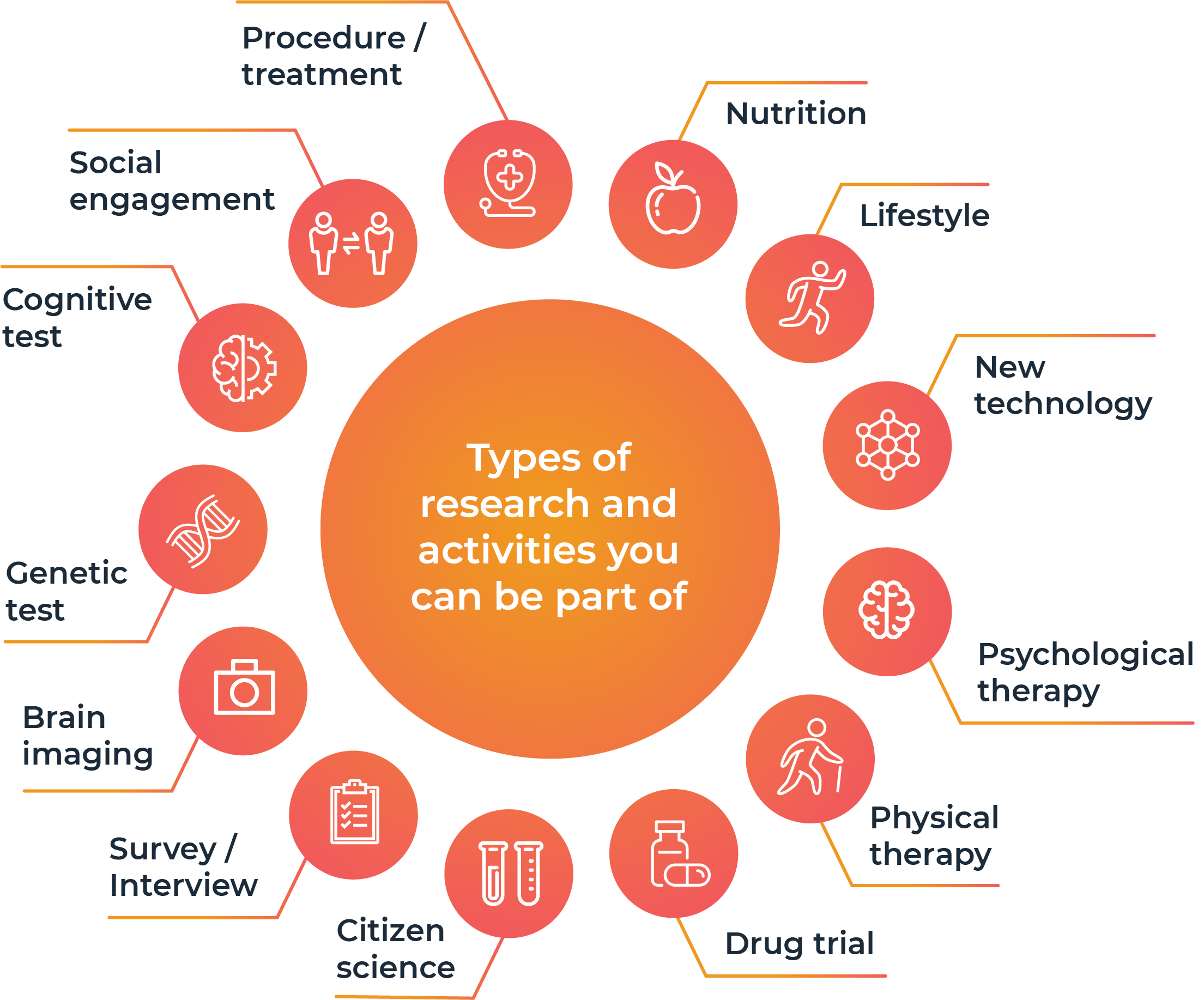Table Of Content

Although several state Medicaid programs have adopted maternity care bundled payment models, prior models have not considered racial inequities in pregnancy outcomes [30, 50]. In 2012, Oregon adopted regional health equity coalitions as part of the state Medicaid program’s transition to Coordinated Care Organizations (CCOs). While CCOs did reduce Black-white differences in primary care utilization and access to care within 3 years of policy implementation, it did not impact disparities in emergency department utilization [51]. The current research project will add to the extant evidence on how Medicaid programs can use policy to promote racial health equity. “I'd really like to do a survey” or “Let's conduct some interviews” might sound like reasonable starting points for a research project. However, it is crucial that researchers examine their philosophical assumptions and those underpinning their research questions before selecting data collection methods.
Qualitative data analysis
A research design is the same – you cannot proceed with the research study without having a proper research design. Thus, the main difference between research methods and research design is that research design is the overall structure of the research study whereas research methods are the various processes, procedures, and tools used to collect and analyze data. The proposed research seeks to advance knowledge about the causes of, and structural interventions to improve, health and well-being among Black pregnant and parenting persons and their children in Medicaid.
Longitudinal Design
The Center’s survey research is sometimes paired with demographic or organic data to provide new insights. In addition to our U.S. survey research, you can also read more details on our international survey research, our demographic research and our data science methods. Every now and then during clinical practice, we come across a case that is atypical or ‘out of the norm’ type of clinical presentation.
Research Design – Types, Methods and Examples

There are several actions that could trigger this block including submitting a certain word or phrase, a SQL command or malformed data. Researchers immerse themselves in a particular cultural or social group to gain a deep understanding of their behaviors, beliefs, and practices. By honing in on the nuances of each research design and aligning your content with strategic SEO principles, you can ascend to the zenith of search engine rankings and establish your authority in the domain of research methodology. Traverse the realm of correlations with Correlational Studies, scrutinizing interrelationships between variables without inferring causality.
Focus
UK Libraries Enhances Teaching & Learning with SAGE Research Methods Purchase - UKNow
UK Libraries Enhances Teaching & Learning with SAGE Research Methods Purchase.
Posted: Wed, 16 Feb 2022 08:00:00 GMT [source]
Next, you consider how to go about collecting this data—you could ask residents about their experiences in interviews or watch them in their natural settings. You should also do more research on grounded theory by consulting related resources, and you will discover that grounded theory requires theoretical sampling.14,15 You also decide to use the end-of-rotation assessment scores to help select your sample. A factorial trial study design is adopted when the researcher wishes to test two different drugs with independent effects on the same population. Typically, the population is divided into 4 groups, the first with drug A, the second with drug B, the third with drug A and B, and the fourth with neither drug A nor drug B. However, this study design would not be applicable if either of the drugs or interventions overlaps with each other on modes of action or effects, as the results obtained would not attribute to a particular drug or intervention. This best-selling text pioneered the comparison of qualitative, quantitative, and mixed methods research design.
Thus, while designing a study it is important to take measure to limit bias as much as possible so that the scientific validity of the study results is preserved to its maximum. Observational studies are those where the researcher is documenting a naturally occurring relationship between the exposure and the outcome that he/she is studying. The researcher does not do any active intervention in any individual, and the exposure has already been decided naturally or by some other factor. For example, looking at the incidence of lung cancer in smokers versus nonsmokers, or comparing the antenatal dietary habits of mothers with normal and low-birth babies. In these studies, the investigator did not play any role in determining the smoking or dietary habit in individuals. With this in mind, a common mistake made by researchers is that they begin their investigations before they have thought critically about what information is required to address the research problem.
A well-constructed research design is crucial because it helps ensure the validity, reliability, and generalizability of research findings, allowing researchers to draw meaningful conclusions and contribute to the body of knowledge in their field. The main aim of a research study is to produce new knowledge or deepen the existing understanding of a field. Our specialist employability service will support you in finding placement opportunities, and the product design staff team will work with you throughout your programme to develop your CV and portfolio for placement application.
Case‐control studies based within a defined cohort
In simple randomization, the subjects are randomly allocated to experiment/intervention groups based on a constant probability. That is, if there are two groups A and B, the subject has a 0.5 probability of being allocated to either group. This can be performed in multiple ways, and one of which being as simple as a ‘flip of a coin’ to using random tables or numbers.17 The advantage of using this methodology is that it eliminates selection bias.
There are many different research design types when it comes to qualitative studies, but here we’ll narrow our focus to explore the “Big 4”. Specifically, we’ll look at phenomenological design, grounded theory design, ethnographic design, and case study design. Naturally, quasi-experimental research designs have limitations when compared to experimental designs. Given that participant assignment is not random, it’s more difficult to confidently establish causality between variables, and, as a researcher, you have less control over other variables that may impact findings. If you don’t have the time or resources to collect data from the population you’re interested in, you can also choose to use secondary data that other researchers already collected – for example, datasets from government surveys or previous studies on your topic.

In cross‐over clinical trial study design, there are two groups who undergoes the same intervention/experiment at different time periods of the study. That is, each group serves as a control while the other group is undergoing the intervention/experiment.14 Depending on the intervention/experiment, a ‘washout’ period is recommended. This would help eliminate residuals effects of the intervention/experiment when the experiment group transitions to be the control group.
Though historically controlled studies maybe easier to conduct, the disadvantages will need to be taken into account while designing a study. Clinical trials are also known as therapeutic trials, which involve subjects with disease and are placed in different treatment groups. One of the earliest clinical trial studies was performed by James Lind et al in 1747 on sailors with scurvy.12 Lind divided twelve scorbutic sailors into six groups of two. The group who ate two oranges and one lemon had shown the most sudden and visible clinical effects and were taken back at the end of 6 days as being fit for duty.
In manipulation, the researcher manipulates the independent variables in one or more levels (called ‘treatments’), and compares the effects of the treatments against a control group where subjects do not receive the treatment. Treatments may include a new drug or different dosage of drug (for treating a medical condition), a teaching style (for students), and so forth. This type of control is achieved in experimental or quasi-experimental designs, but not in non-experimental designs such as surveys. Note that if subjects cannot distinguish adequately between different levels of treatment manipulations, their responses across treatments may not be different, and manipulation would fail. Regardless of the specific research design chosen, the researcher should strive to collect quantitative and qualitative data using a combination of techniques such as questionnaires, interviews, observations, documents, or secondary data.
For example, a researcher identifies a group of normal-weight babies and a group of low-birth weight babies and then asks the mothers about their dietary habits during the index pregnancy. Overall, experimental research design provides researchers with a powerful way to identify and measure causal relationships (and the direction of causality) between variables. However, developing a rigorous experimental design can be challenging as it’s not always easy to control all the variables in a study. This often results in smaller sample sizes, which can reduce the statistical power and generalisability of the results. Understanding different types of research designs is essential as helps ensure that your approach is suitable given your research aims, objectives and questions, as well as the resources you have available to you. Without a clear big-picture view of how you’ll design your research, you run the risk of potentially making misaligned choices in terms of your methodology – especially your sampling, data collection and data analysis decisions.
Causal effect (nomothetic perspective) occurs when variation in one phenomenon, an independent variable, leads to or results, on average, in variation in another phenomenon, the dependent variable. A case study is an in-depth study of a particular research problem rather than a sweeping statistical survey or comprehensive comparative inquiry. It is often used to narrow down a very broad field of research into one or a few easily researchable examples. The case study research design is also useful for testing whether a specific theory and model actually applies to phenomena in the real world.

No comments:
Post a Comment